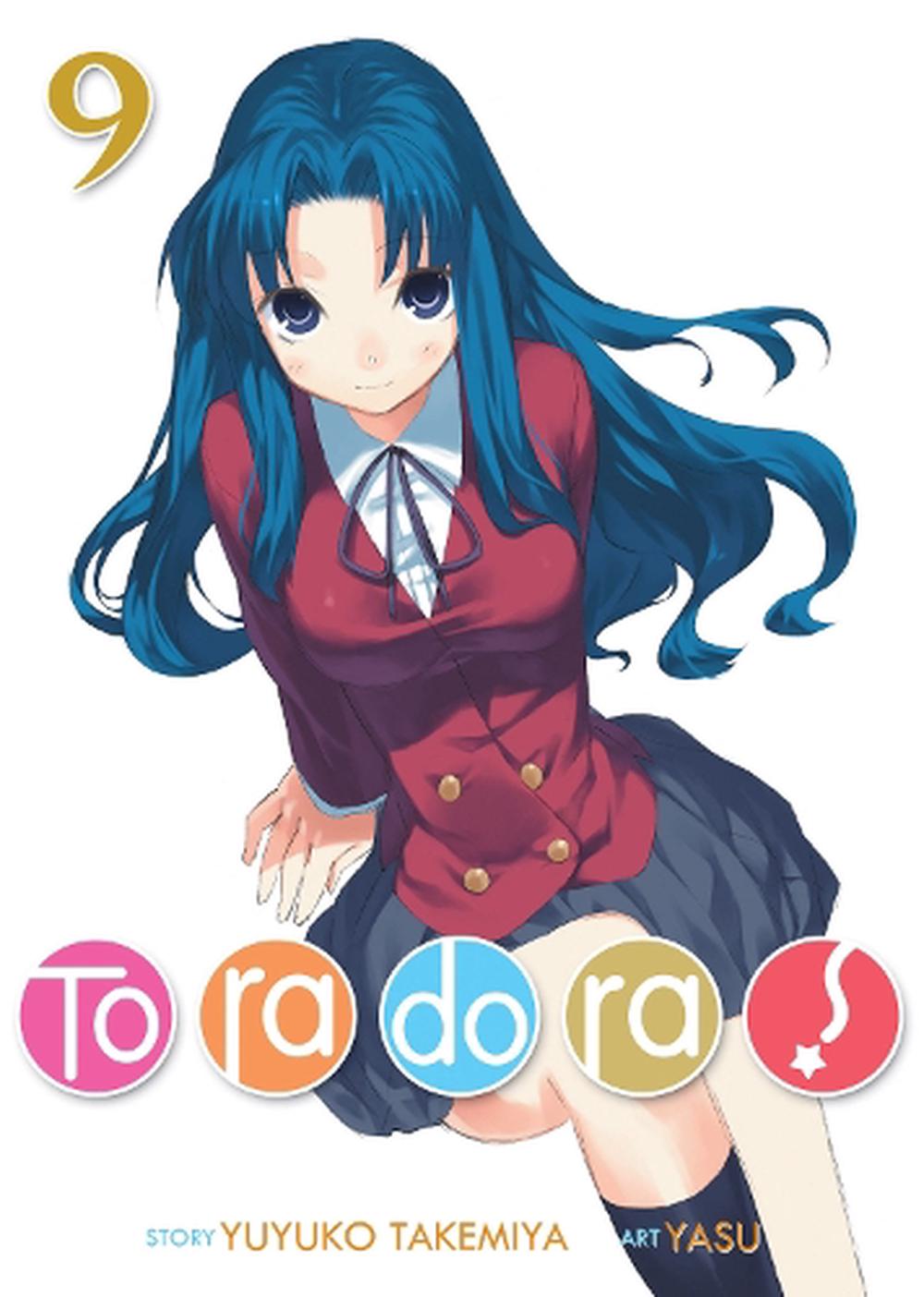
He recognizes it as an opportunity to have some form of love, and so he acts the quixotic fool as a way to distance himself from his pain. Takasu’s best (only) friend and Taiga’s crush, Kitamura, is an extremely observant nice guy whose own failed confession of love leads him to become a pathetic icon for the forlorn lovers of the school. With the exception of Taiga’s negligent parents, the story never sells anyone out. Takemiya treats the rest of Toradora’s characters preciously, weaving them into the theme if not the romance. Soon enough, they start to see each other as more than contrasts and objects of pity. Ryuuji sees Taiga confess to her crush for the first time and gains respect for her as well as some motivation for himself. Being on similar journeys in love, they see themselves reflected in the other. These shifting moods are much more than one person being happy and not reaching the other because they happen to be sad. Taiga turns away, hardens, softens, loses her self-consciousness for a moment, and moves away from what she thought she wanted while Ryuuji obsesses, cringes, forgives, embarrasses himself, and stands up for who he wants to be. This deliberate pace helps make the push and pull of the central couple feel lively, almost syncopated. What does a grand gesture, like getting in a fight with your crush’s crush, mean to your crush? Probably not the same thing that it means to you. Those changes are often hard to verbalize, and the reasons given to one person for the change sometimes aren’t the ones given to another. It hits each one of the conventional milestones of a high school anime - pool episodes, Christmas episodes, festival episodes - but each station is indicative of several meaningful changes in friendships and romances. Toradora is never in a rush, but it also doesn’t dawdle.

Garbled, unsaid emotions are palpable in these moments, held back like a held breath. That length doesn’t sound like much in comparison to these other benchmarks, but it’s enough, allowing for some much-needed silence that can’t be found in the light novel that makes it feel all the more expansive: a moment by the vending machines, a burdened walk home, empty rooms lit by the weak evening sun. In the anime - Toradora’s most popular form - it’s two seasons span 25 episodes in total. In the manga adaptation, it’s the literal month of time between installments started in 2007, the ongoing comic still hasn’t wrapped up the original story. Thoughts and pasts are carefully detailed and explicated, bringing you as close to the characters as the didactic light novel idiom can. In the light novels, it takes the form of thousands of pages documenting less than two years of high school. That breathing room is important in Toradora. Toradora’s charm is in how that texture presents itself: deliberately, earnestly, intuitively unspooling the cultural shorthand bestowed upon it by decades of romantic comedies into feelings said and not said. They delve into the emotional texture of teenage life, each in their own way. Both writers took on Toradora relatively early in their careers and went on to prove their work wasn’t a fluke, Takemiya in the excellent college rom-com Golden Time and Okada in literally every genre all the time. Light novel author Yuyuko Takemiya and anime screenwriter Mari Okada freshen up canned ingredients. One would be forgiven for assuming that a light novel like Toradora, overwritten prose and multimedia adaptations and all, is a spin-the-wheel collection of romantic cliches, but being glib sells Toradora particularly short. Even the story’s thematic spine - the artificial social selves that people construct to avoid vulnerability also limit human connection and love - is a mainstay of young adult fiction. Throw in some goodhearted friends and foils and you have the main cast. Anyone who’s been misunderstood for some physical coincidence like that - which is to say anyone at all - can relate to that. Taiga’s counterpart Ryuuji is perhaps less immediately identifiable as a trope, but he’s a soft neat-freak who’s thrown off his social axis by the beady eyes he got from his deadbeat yakuza father. In the anime, she’s even voiced by the “queen of tsundere” Rie Kugimiya.

She beats people up with her wooden sword when crossed or made to feel vulnerable, hiding her bruised heart.

Taiga, the “palm-top tiger,” falls squarely in the tsundere archetype. The light novel turned manga and anime is about a mismatched couple that falls in love after trying to set each other up with their best friends. It’s not outrageous, high-concept, risqué, knowing, wish-fulfilling, melodramatic, or anything else that might make it jump out if it were made today.
#TORADORA LIGHT NOVEL COLLECTION SERIES#
Maybe over the last 15 or so years, the things that made the Japanese series special have just become ubiquitous and watered-down, like romcom homeopathy. The flourishes that make Toradora special are hard to pin down.


 0 kommentar(er)
0 kommentar(er)
